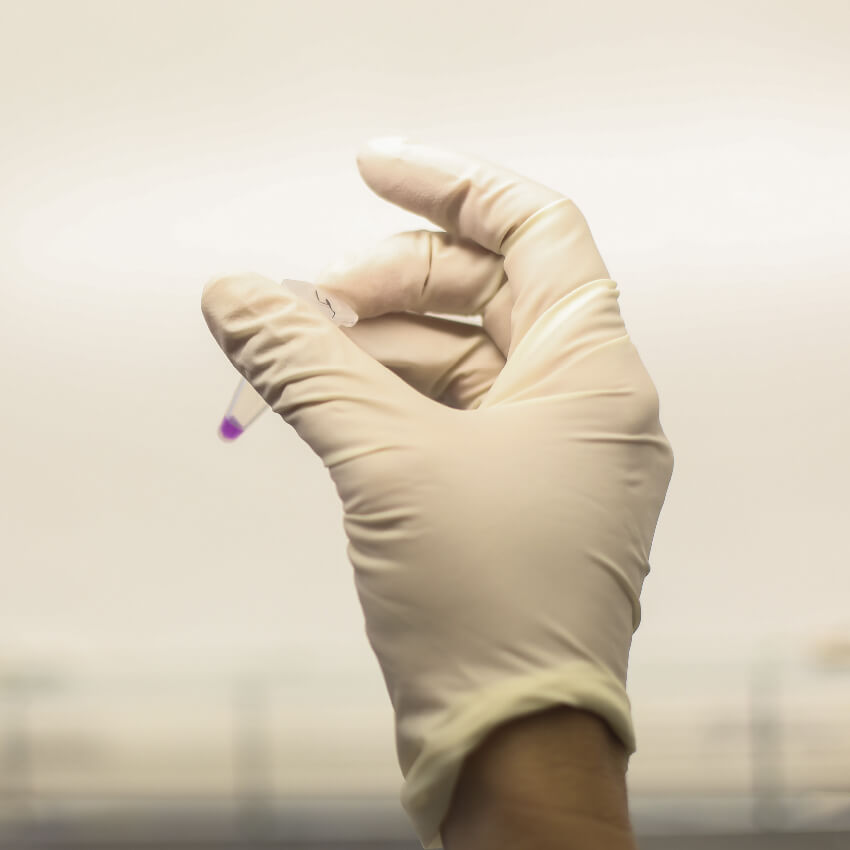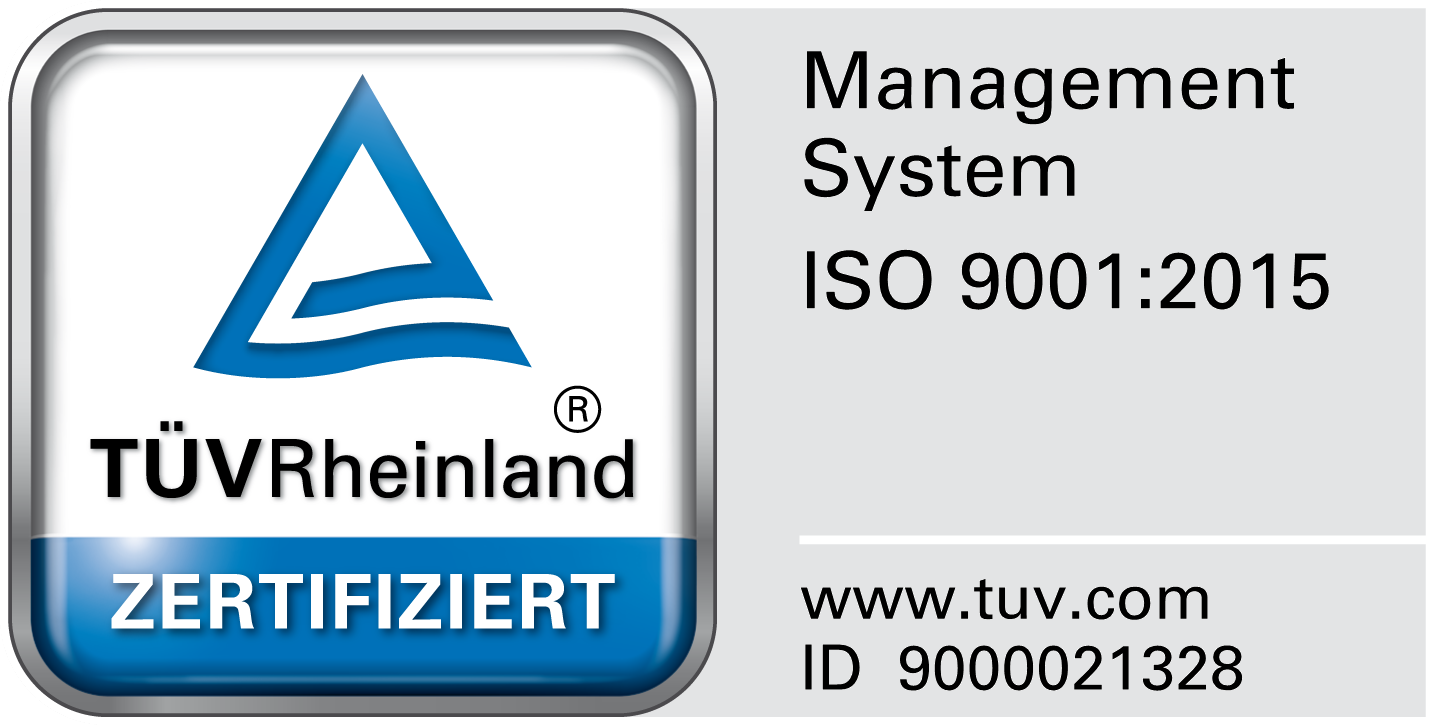Wound healing
We use primary epidermal keratinocytes and dermal fibroblasts, and the human full thickness skin “punch-in-a-punch” ex vivo model to investigate whether compounds/formulations (also via topical application) promote wound healing and skin regeneration. We have also established a pathological wound healing model that mimics chronic pathological conditions. Together with our sister companies in QIMA Life Sciences we offer a wound healing model under dysbiosis.
Specifically, as standardized readout parameters, we evaluate the following by migration assays, morphology, in situ zymography, and immunohistology/quantitative (immuno-)histomorphometry (for details on our techniques, please click here):
In addition, using RNAseq, qRT-PCR, and/or in situ hybridization, we can analyze the expression of molecules involved in wound healing and skin regeneration, and assess these within specific compartments from skin or hair tissue sections following laser capture microdissection.
Additional readout parameters are available, and customized experiments can be designed to meet the needs of our customers.
Selected publications

Comprehensive & interdisciplinary expertise that covers the entire field of hair & skin research.

